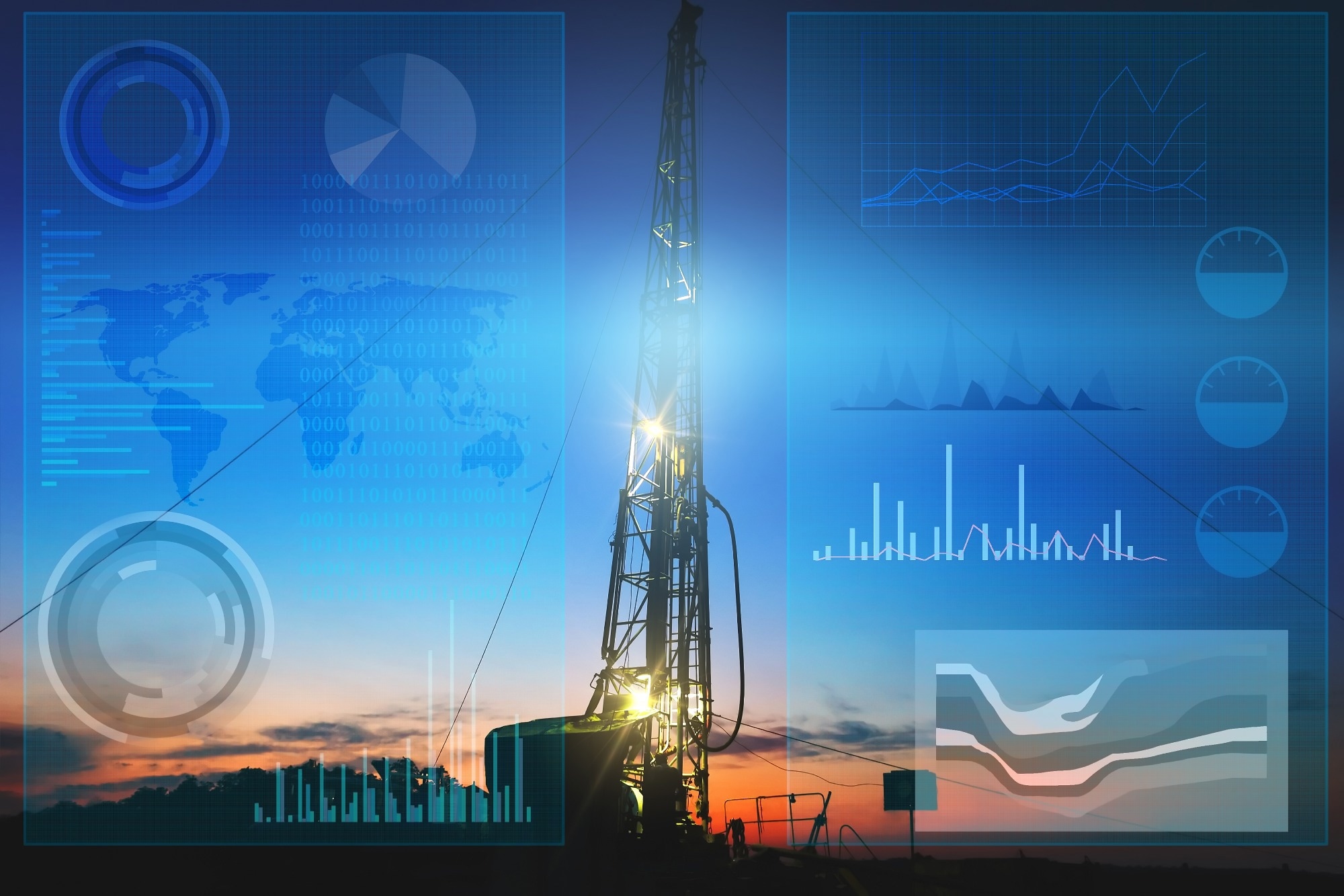In a recent article published in the journal Materials, researchers explored the potential of machine learning (ML) techniques to predict carbon dioxide (CO2) corrosion rates and severity levels in the oil and gas industry. They aimed to address the limitations of traditional corrosion prediction models by proposing an ML-based approach.
 Study: ML Predicts CO2 Corrosion Rates in Oil Industry. Image Credit: KoSSSmoSSS/Shutterstock.com
Study: ML Predicts CO2 Corrosion Rates in Oil Industry. Image Credit: KoSSSmoSSS/Shutterstock.com
Background
CO2 corrosion, also known as "sweet corrosion", is a common and harmful form of corrosion in the oil and gas industry. It occurs when CO2 dissolves in water, forming carbonic acid (H2CO3), which dissociates into hydrogen ions (H+) and bicarbonate ions (HCO3-). These ions drive the electrochemical oxidation of iron, leading to the formation of ferrous ions (Fe2+) and accelerating corrosion.
CO2 corrosion can manifest as either uniform corrosion, which affects the entire metal surface, or localized corrosion, such as pitting, crevice corrosion, and flow-induced corrosion, which targets specific areas. The severity of CO2 corrosion is influenced by factors like temperature, pressure, water content, acidic gasses (e.g., hydrogen sulfide and sulfur dioxide), and the material composition of the equipment.
Traditional methods for predicting CO2 corrosion, including empirical, semi-empirical, and mechanistic models, often struggle to accurately capture the complex nonlinear relationships between these factors. These models also require extensive knowledge of underlying physical mechanisms and may lack adaptability to varying operating conditions.
About the Research
In this paper, the authors collected a dataset of corrosion data, including 248 sample points with 10 features: material composition, chromium content, water content, oxygen content, sulfur dioxide content, nitrogen dioxide content, hydrogen sulfide content, pressure, temperature, and time. They used this dataset to train and evaluate various ML algorithms.
The study applied several well-known ML algorithms: k-nearest neighbors (KNN), random forest (RF), support vector machine (SVM), extreme gradient boosting (XGBoost), gradient boosting decision tree (GBDT), and light gradient boosting machine (LightGBM). These algorithms were chosen for their capability to handle complex nonlinear relationships, process large datasets, and adapt to different operating conditions.
The researchers used 80% of the data to train the models and 20% to test their performance. Furthermore, they assessed the models' ability to predict corrosion rates and severity levels, using the coefficient of determination (R²) and mean squared error (MSE) for corrosion rate prediction, and accuracy and F1-score for corrosion severity classification.
Research Findings
The outcomes showed that the RF algorithm consistently outperformed other models in predicting corrosion rates and classifying corrosion severity. The RF model achieved the highest R² value and the lowest MSE for corrosion rate prediction, indicating its strong accuracy. For corrosion severity classification, the RF model reached 99% accuracy and an F1-score of 0.99, proving its effectiveness in identifying different levels of corrosion severity. In contrast, the KNN algorithm performed the least, with 82% accuracy and an F1-score of 0.81.
The authors also found that water content was the most significant factor influencing the corrosion rate. Acidic gasses like sulfur dioxide, hydrogen sulfide, and other sulfides had a strong positive relation with the corrosion rate. Whereas pressure, temperature, and material composition had a minor negative impact on the corrosion rate.
Applications
This research has significant implications for the oil and gas industry, where accurate prediction of CO2 corrosion is crucial for effective material selection, equipment maintenance, and resource optimization. By employing ML models, particularly the RF algorithm, industry professionals can enhance their ability to forecast corrosion rates and severity levels. This improvement allows them to make more informed decisions and implement targeted corrosion control strategies.
ML models enhance material selection by predicting corrosion rates precisely, which helps engineers choose more resistant materials. This reduces the risk of equipment failure and extends its lifespan. Additionally, ML models improve maintenance by identifying areas prone to corrosion and predicting when maintenance is needed. This facilitates proactive maintenance schedules and minimizes downtime, ultimately cutting costs related to CO2 corrosion.
Conclusion
In summary, ML proved effective in addressing the limitations of traditional corrosion prediction models. By leveraging the strong nonlinear modeling capabilities, adaptability, and comprehensive consideration of multiple influencing factors, the ML algorithms, especially the RF model, have shown superior performance in predicting CO2 corrosion rates and severity levels. These advancements could lead to more accurate and reliable corrosion management strategies, enhancing the safety and longevity of critical infrastructure in the oil and gas industry.
Moving forward, the researchers recommend exploring the application of ML algorithms in other corrosion management areas, such as corrosion inhibition and monitoring. As ML technology advances, it could play a key tool in tackling the challenges of CO2 corrosion in the industry.
Journal reference:
- Dong, Z.; & et, al. Development of a Predictive Model for Carbon Dioxide Corrosion Rate and Severity Based on Machine Learning Algorithms. Materials 2024, 17, 4046. DOI: 10.3390/ma17164046, https://www.mdpi.com/1996-1944/17/16/4046